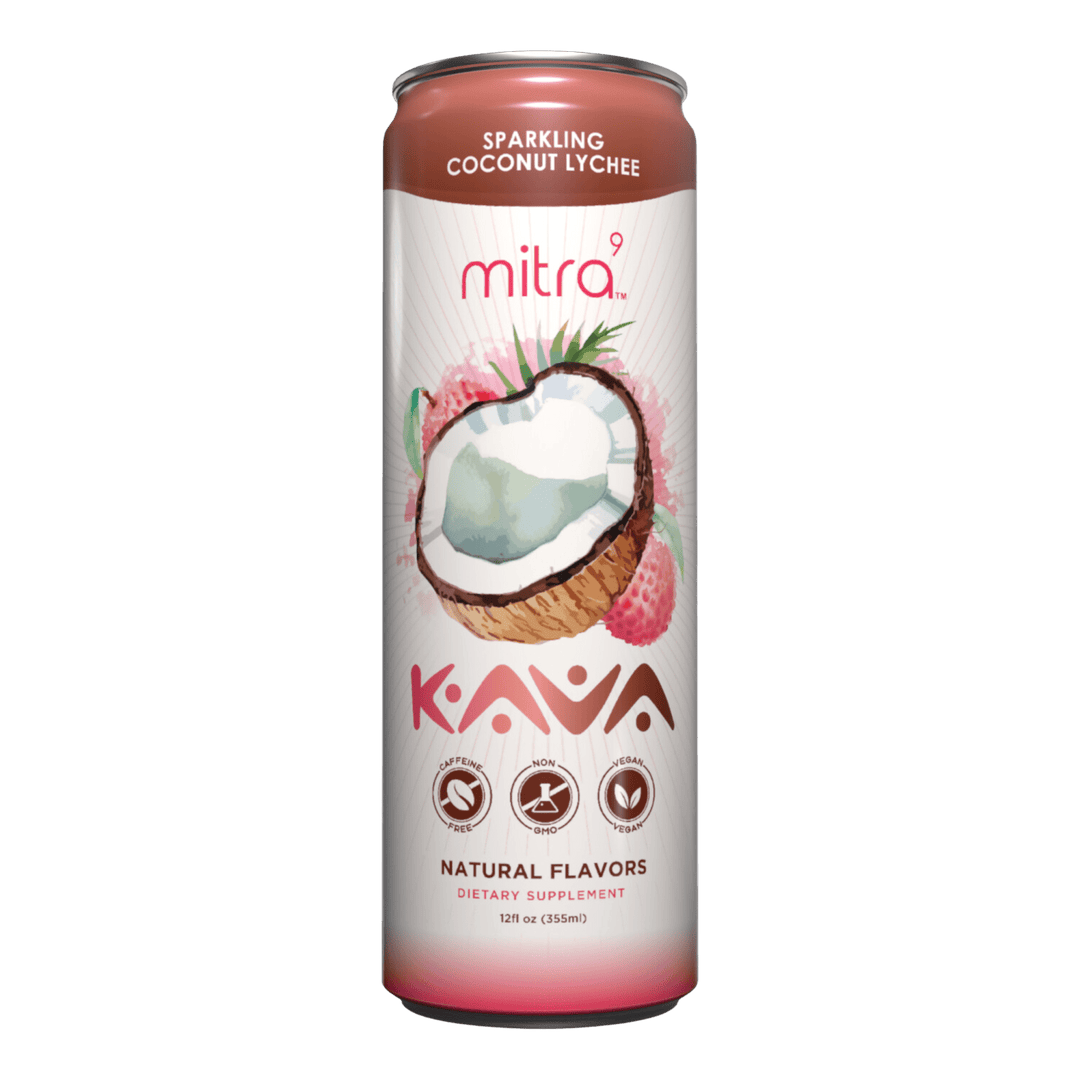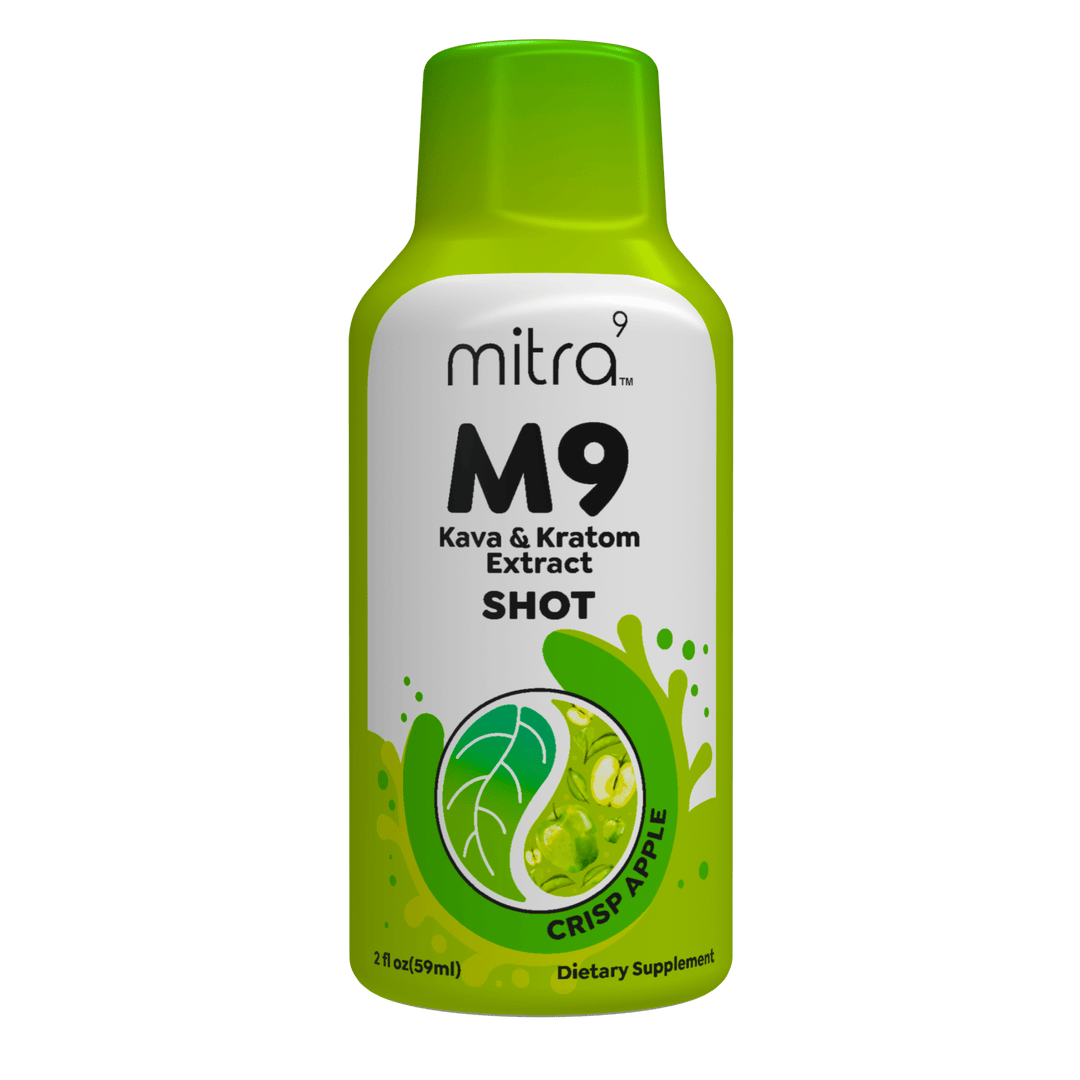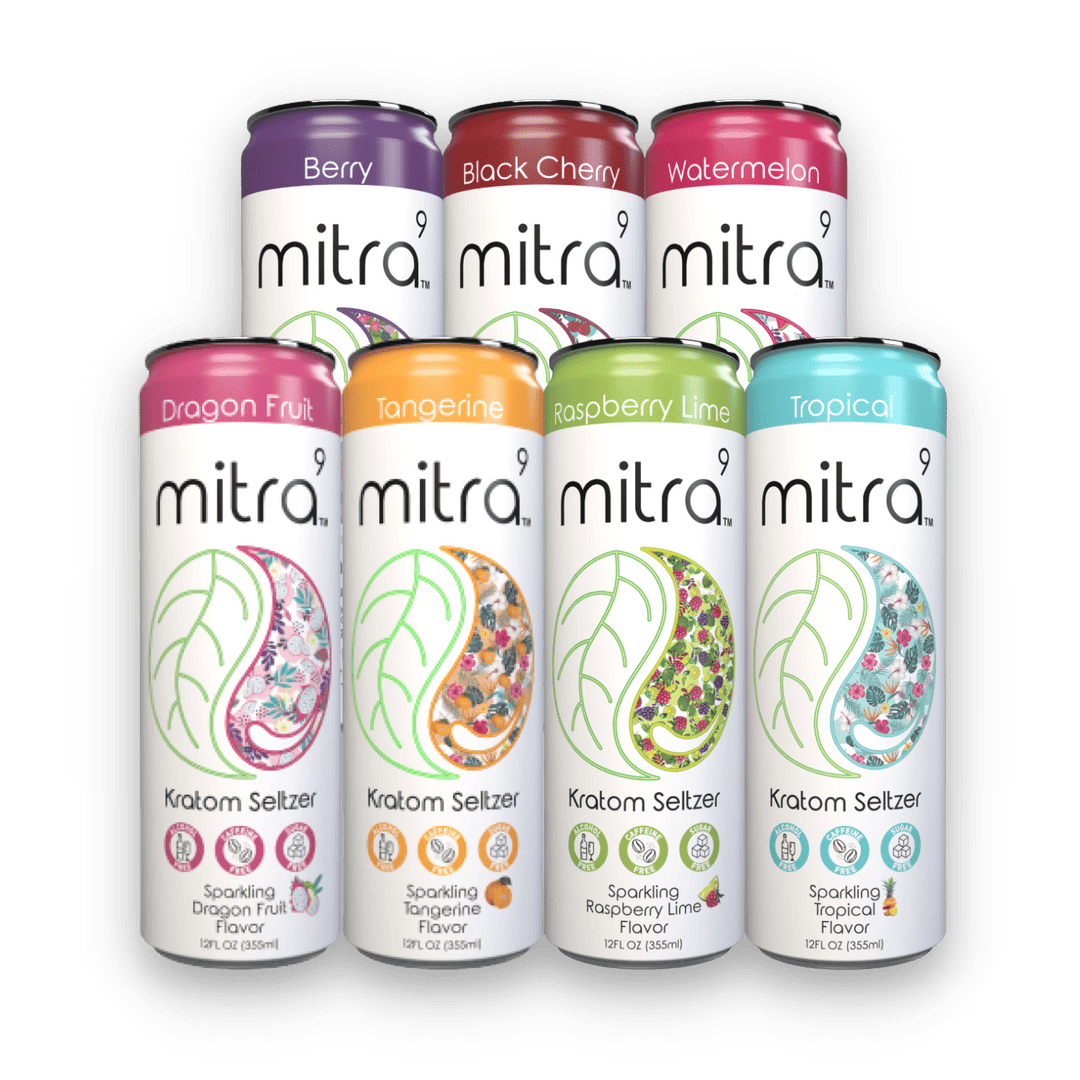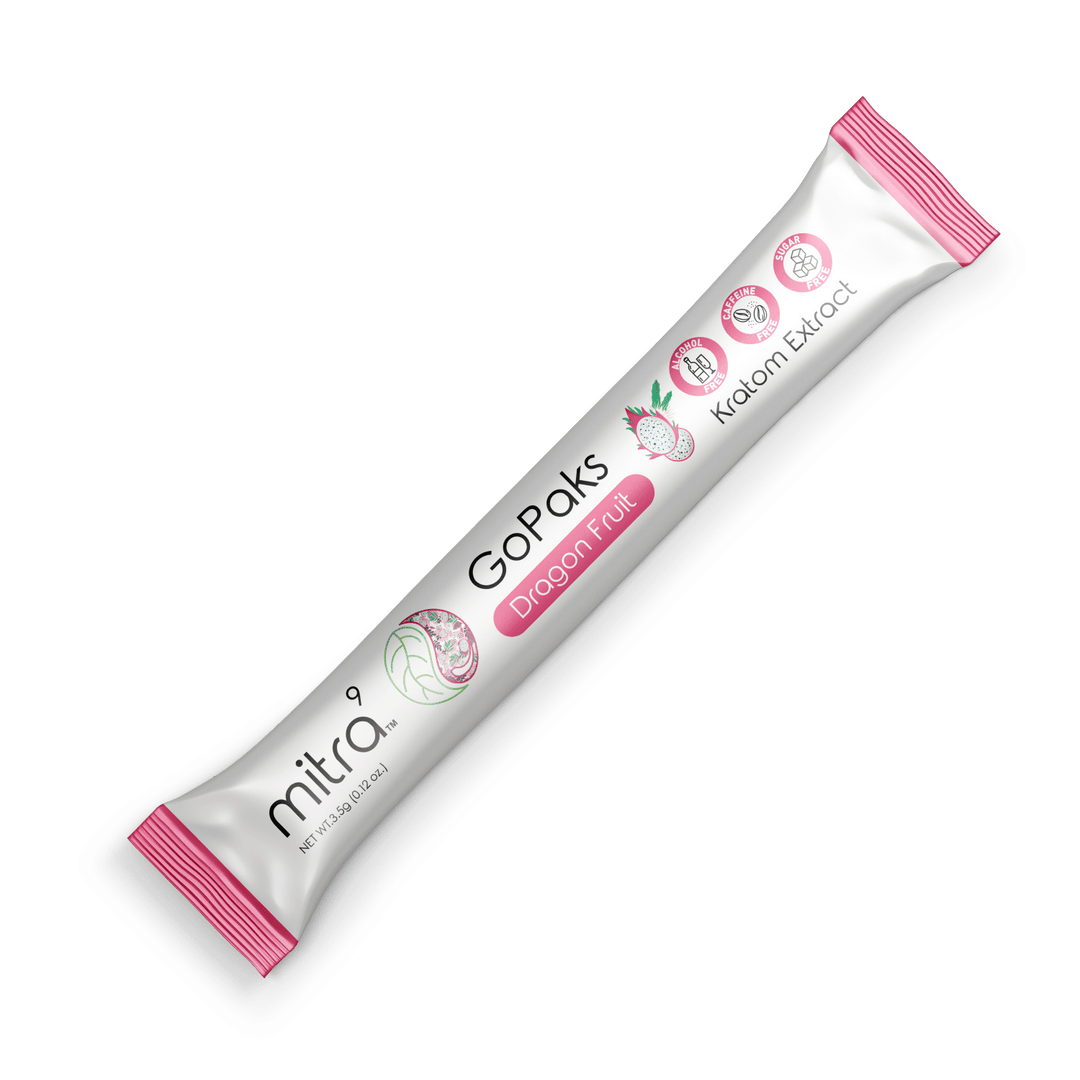Kratom Consumption: Navigating Safety and Awareness
Kratom, a tropical tree native to Southeast Asia, has garnered attention worldwide for its traditional use in local cultures and its increasing popularity in the wellness and alternative medicine communities abroad. As with any botanical substance, understanding the nuances of kratom consumption is essential for those considering its use. This article aims to shed light on kratom, focusing on legal status, potential uses, safety considerations, and best practices for consumption.
Understanding Kratom
Kratom (Mitragyna speciosa) leaves contain compounds that can have varying effects on the body. Traditionally, kratom has been used for its stimulant and sedative properties, with the effects depending on the dosage and strain. The primary active alkaloids in kratom are mitragynine and 7-hydroxymitragynine, which interact with opioid receptors in the brain, potentially affecting mood, pain sensation, and energy levels.
Legal Status and Accessibility
The legality of kratom varies globally and even within countries. In the United States, for example, the legal status of kratom is a patchwork of regulations, with some states and municipalities having imposed restrictions or outright bans. Before considering kratom use, it's paramount to be informed about the current legal framework in your area to ensure compliance with local laws.
Potential Uses and Consumer Reports
While comprehensive scientific research on kratom is still developing, there is a body of anecdotal evidence and some studies suggesting potential benefits. Users often report using kratom for managing discomfort, enhancing mood, and as a tool for withdrawal management. However, it's critical to approach these reports with caution and critically evaluate the source of information.
Safety Considerations and Risks
Safety is a paramount concern when it comes to consuming any substance, including kratom. Potential risks associated with kratom consumption can include dependency, mild withdrawal symptoms, and interactions with other drugs or medications. The purity of kratom products is also a significant concern, as the market is not uniformly regulated, leading to potential contamination or adulteration.
To mitigate these risks, prospective users should:
- Consult Healthcare Professionals: Before starting any new supplement regimen, including kratom, consulting with a healthcare provider is crucial, especially for individuals with preexisting health conditions or those taking other medications.
- Source Responsibly: Purchasing kratom from reputable suppliers who provide lab-tested products can help ensure the purity and safety of the product.
- Start with Low Amounts: Individuals new to kratom should start with lower amounts to gauge their body's reaction and minimize potential adverse effects.
Best Practices for Kratom Consumption
Adopting best practices for kratom consumption can enhance the experience and minimize risks:
- Educate Yourself: Understanding the strains, vein colors, and dosage recommendations can provide a better foundation for safe use.
- Monitor and Document Effects: Keeping a journal of kratom use, including amount used, strains, and personal reactions, can help users tailor their experience and identify any adverse effects promptly.
- Practice Moderation: Like many substances, moderation is key in minimizing the risks of dependency or adverse side effects. Establishing clear guidelines for use can help maintain a balanced approach.
Navigating the Discussion
The conversation around kratom is evolving, with ongoing research and changing legal landscapes. Engaging with reputable sources, scientific studies, and community discussions can provide a broader perspective on kratom's place in wellness and alternative usages.
As the discourse continues, it remains essential for individuals considering kratom to approach its use with an informed, cautious perspective, prioritizing safety, legality, and health above all. While kratom may offer potential benefits for some, it is not a one-size-fits-all solution, and its use should be carefully considered within the context of each individual's health and wellness goals.
In conclusion, kratom consumption carries with it a set of considerations that are crucial for anyone looking to explore its potential uses. The key to navigating kratom safely lies in education, responsible use, and a proactive approach to understanding both the benefits and risks associated with this complex botanical. By staying informed and cautious, individuals can make more empowered decisions regarding kratom and their overall well-being.
DISCLAIMER: These statements and products presented on this website have not been evaluated by the Food and Drug Administration FDA. The products mentioned on this website are not intended to diagnose, prevent, treat or cure any diseases or health conditions. Therefore any information on this website is presented solely as the opinions of their respective authorswho in which do not claim in any way shape or form to be medical professionals providing medical advice. Mitra-9.com and its owners or employees cannot be held responsible for, and will not be liablefor the inaccuracy or application of any information whatsoever hereinprovided. By purchasing our products you agree that you are aware andin compliance with your local county, state, or federal regulations. Mustbe 21 years or older to purchase Kratom. The US FDA has not approvedkratom as a dietary supplement. We do not ship to the following states,cities and counties in the US where Kratom is banned: Alabama,Arkansas, Indiana, Rhode Island, Vermont, Wisconsin, Sarasota County, FL, Union County, MS, San Diego, CA, Jerseyville, IL, Oceanside, CA, and Ontario, OR. Furthermore, Kratom is also banned in the following countries where shipment cannot be executed: Australia, Burma, Denmark, Finland, Israel, Lithuania, Malaysia, Myanmar, Poland,Romania, South Korea, Sweden, Thailand, United Kingdom, Vietnam.








